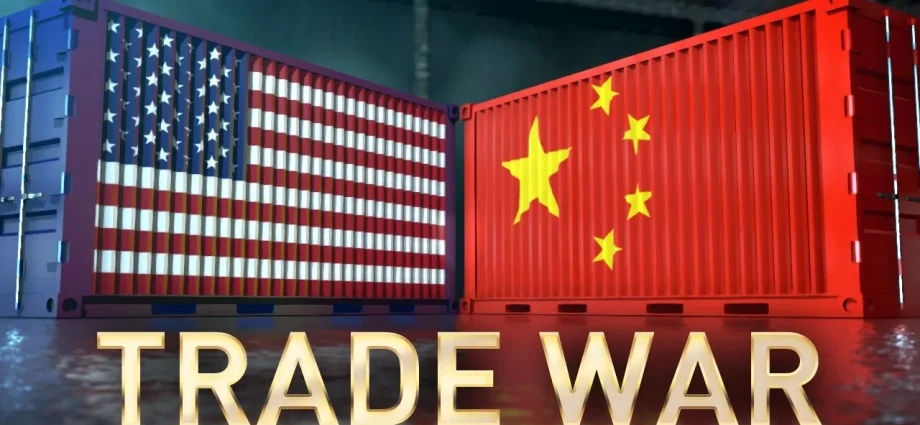The End of Free Trade?
Interdependence among nations was seen as a buffer against war, with the World Trade Organization becoming the symbolic heart of this new order. Even strategic competitors like China were welcomed into the global rules-based system. The result was three decades of unprecedented economic growth, underpinned by the belief that markets, not missiles, would shape our future.
That belief no longer holds. What we are witnessing today is the steady replacement of economics with geopolitics as the core driver of global decision-making. The breakdown has been gradual but unmistakable.
The U.S.-China trade war was the early warning. The Russia-Ukraine war and the sweeping Western sanctions that followed made the shift irreversible. Now, with growing fragmentation in global supply chains, the rise of alternative financial networks, and the redefinition of national security, it’s clear we’ve entered a new phase one where security trumps efficiency, and alliances matter more than markets.
The narrative has shifted dramatically. Where once interdependence was considered a strategic asset, it is increasingly seen as a vulnerability. Western policymakers now fear reliance on rivals for critical goods, from semiconductors to rare earth minerals.
What used to be praised as globalization is now scrutinized as a risk. The U.S. has tightened foreign investment screening, blocked high-profile acquisitions like Nippon Steel’s bid to acquire U.S. Steel, and invested directly in strategic sectors like rare earth mining through MP Materials. Meanwhile, China has doubled down on domestic production and expanded trade ties with countries willing to defy Western sanctions.
Sanctions themselves have become the preferred weapon of modern geopolitics. The West’s economic war on Russia is a case in point. Over $500 billion in Russian state assets were frozen. Russian GDP contracted sharply, and inflation spiked. But the intended strategic collapse never came. Instead, Moscow found workarounds, deepening its ties with China, India, and Türkiye, developing a “shadow fleet” of oil tankers to bypass restrictions, and boosting bilateral trade with Beijing by over 70 percent. The message was clear: sanctions can hurt, but they no longer guarantee submission.
This shift has also revived ideas long dismissed as outdated, economic nationalism, regionalism, and strategic autonomy. In both Europe and the United States, populist leaders have linked deindustrialisation and job loss to free trade agreements and offshoring. Former President Donald Trump’s promise of additional tariffs on BRICS countries and yesterday on Europe, including India and China, is a reflection of this thinking. And across the Global South, there is a visible push to escape the grip of the U.S. dollar. Discussions around alternative currencies and payment systems are now active diplomatic projects.
What does this mean for a country like Pakistan? Ironically, the global return to geopolitics may offer new strategic space. For years, Pakistan has been caught between the logic of economic dependence and the reality of its geostrategic location.
Now, with its mineral wealth, strong military, and centrality in China’s Belt and Road Initiative, it is being viewed through a different lens. While the economy remains fragile, Islamabad’s value as a transit corridor, a nuclear power, and a frontline state in major power rivalries is rising.
But opportunities come with risks. As the world fractures into competing blocs, states like Pakistan must avoid becoming mere pawns. Strategic autonomy will depend not just on geography but on clear diplomatic thinking, diversified partnerships, and credible domestic reforms. There is also a pressing need to engage with emerging platforms, BRICS, SCO, and others, while maintaining workable relations with traditional partners. Multilateralism still matters, but its shape is evolving.
For policymakers, analysts, and diplomats following these trends, the key takeaway is this: the economic map of the world is being redrawn. What has held for the last 30 years no longer applies.
We’re entering a phase where policy will be shaped less by trade deals and more by hard choices around security, technology, and alignment. In this emerging order, knowing where to stand and when to move will define national survival.

